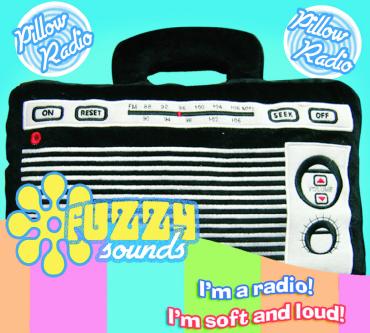In a blast from the past kind of situation I had a para-professional return to working in my classroom this week after a few years (four? five?) of focusing on a different career and working as a para in others classrooms/programs. We have moved classrooms (and buildings) since we last worked together and today she was walking around the room looking at all of the different things I have hanging on the walls. She caught my eye and said, "I'm looking for that poem you used to have hanging up. You know, the one about the kids who are different? I love that poem. I took it down and photocopied it when I worked here and I give it to people who would be moved by it."
I am posting the poem below for all of you.
Kids Who Are Different
copyright 1982 by Digby Wolfe,
All Rights Reserved
Here's to the kids who are different,
The kids who don't always get A's,
The kids who have ears twice the size of their peers,
And noses that go on for days...
Here's to the kids who are different,
The kids they call crazy or dumb,
The kids who don't fit, with the guts and the grit,
Who dance to a different drum...
Here's to the kids who are different,
The kids with the mischievous streak,
For when they have grown, as history's shown,
It's their difference that makes them unique!





















